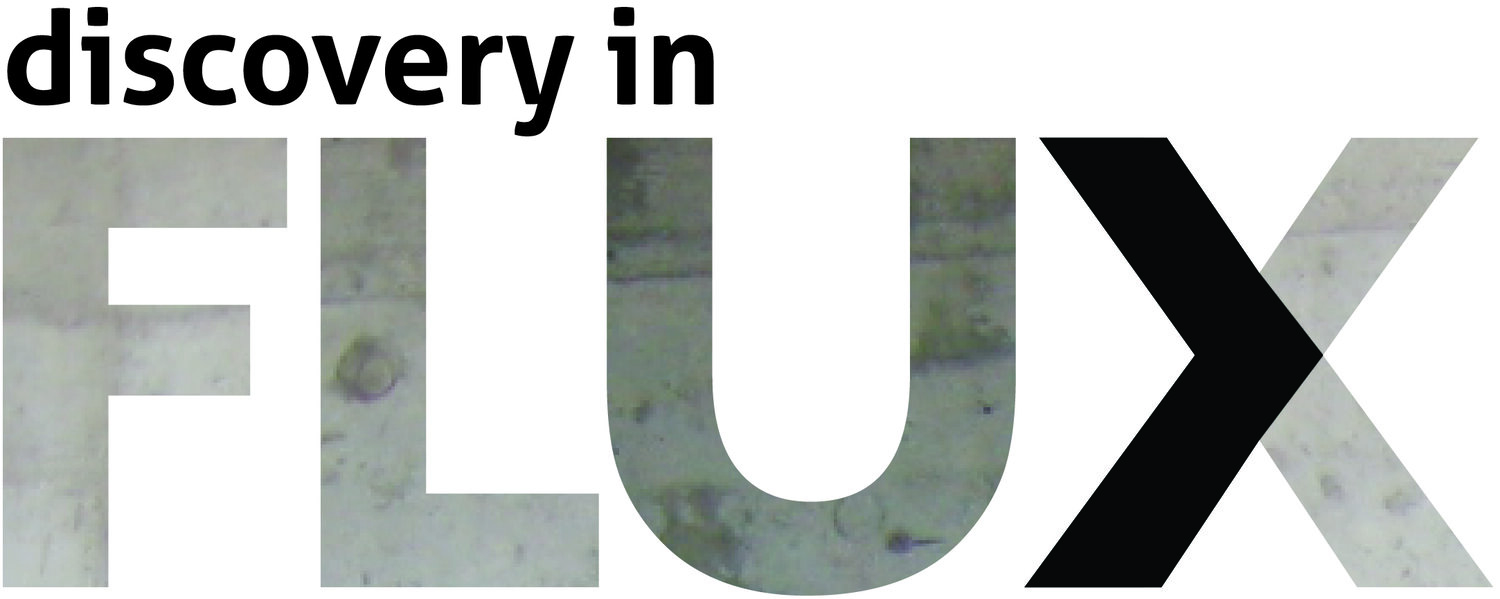
Discovery in flux: my doctoral research & how it lives on
In 2013, I invited nine walkers to East London’s Hackney Wick; where gated residencies grew alongside active factories, pop-up art studios, and social housing projects.
Each walker went on to wander those contested, yet, still accessible quarters, accompanied only by a mobile app to help them reflect on their own spatial experience.
Discovery in flux
This was the beginning of what would become the practical part of my 7-year-long doctoral research at Central Saint Martins. Title of the thesis: ‘Discovery in flux: adventure and safety as factors in exploratory walking in changing urban landscapes.’
Studying the perspective of experience
In the 1970s Yi-Fu Tuan questioned if our perspective of experience fluctuates between that of space and place, as equivalent to the human need for adventure and safety, openness and definition. Testing this premise was a starting point for the study, and for these walks.
The entry point
As a wayfinding designer, I was looking to expand the field and my knowledge in research methods. I combined Tuan’s bodily experience approach, exploratory access to space (Debord), and the mindful approach to spatial appreciation (Spatial agency, 2011).

Walking the talk… in the methods
Spatial agency in research?
In the spirit of Spatial agency (Awan, et al. 2011), I set out to study how to help discover changing urban landscapes in a mindful manner.
Not to influence the walkers’ experience I didn’t join them on their walk. They would reflect on their experience using the (non-navigational) mobile app I provided them with. A printed map stripped of built landmarks was there too, to help them get back to the point of origin, without breaking the exploratory walking flow by e.g. using mobile nav.
Top left image: Sunflower Walk © Public Works
I did interview the walkers before and after their free roaming experience. I later compared wayshowing outcomes ie walking routes and visual data, and pre- and post-walking interviews, to test whether Tuan’s definition revealed cross-walker insights.
Key findings?
Instead of perpetuating popular destinations, exploration with the app ultimately helped the walkers to pause more uniquely, and consciously reflect on their surroundings.
© Olga Surawska 2012–2019

Staying on the human side
Some reflections after the process?
Humanize data, do not datafy humans. I first heard this advice voiced by Michael Smyth (Edinburgh Napier University) at a lecture during UrbanIxD project in 2013. An it did hold true.
At a mid-point of my data analysis I began applying advanced thematic coding methods to interview data, as well as to visual data from the walks. After initial pen-and-paper coding, I used qualitative data analysis software to deepen the analysis. I created thematic matrices from the codes emerged, to identify patterns in the data.
The results of this coding did not reveal anything new, and the coding became an exercise in itself, at a risk of skewing outcomes with my own interpretation. The 'human data', like e.g. imagery, should have been always in focus.
This research was a process-led endeavour, and methodology shifts and learnings were bound to happen—and I am glad that they did.
Among endless data landscapes, being a designer in the age of urban change requires staying connected to the human side: narrative methods and the uniqueness of experience.
As uncomfortable as it may feel to tackle by research, the complex beauty of the world can at times be too obstructed by spreadsheets with elaborate coding types.

Quick facts
Quick facts
Thesis title: Discovery in Flux: informing design for experience of exploratory walking in changing urban landscapes. Olga Surawska, 2019.
Research level: doctoral (MPhil degree).
Research type: Practice-based (design, spatial practice and theory) and process-led (social science methods)
University of the Arts London, Central Saint Martins College
Spatial Practices Programme; Graphic Communication Design Programme
Supervisors: Professor Phil Baines & Patricia Austin
Funded by CSM Studentship 2012-2019

The journey continues
Beyond the doctoral research, Discovery in (urban)flux is my ongoing project.
In 2022, my thesis was a part of the first Doctoral research exhibition at Central Saint Martins: ‘The Invisible Processes’. I adapted and presented selected tools used in this study – to give a sense of the methods, in an exhibition space.
Image © Glenn Michael Harper 2022
Discovery in flux lives on
Be it the design of website UX, educational materials, or spatial graphics—I’ve been informing my practice with the research ever since.
My work provides broadly understood wayfinding tools for aspects of life that are in a constant state of flux: the ever-evolving body of knowledge, and the way we communicate information and stories between our unique cultures and groups.
Also for this reason, the site you are on is named after the project: Discovery in flux.
I’m looking forward to applying the methods in other urban projects as well. Does this resonate with the work you do? Reach out!

